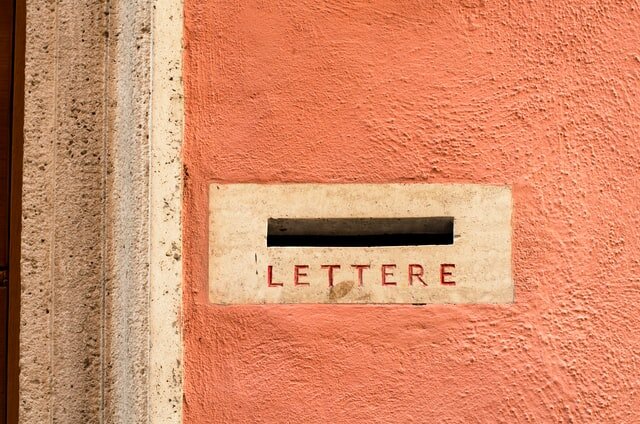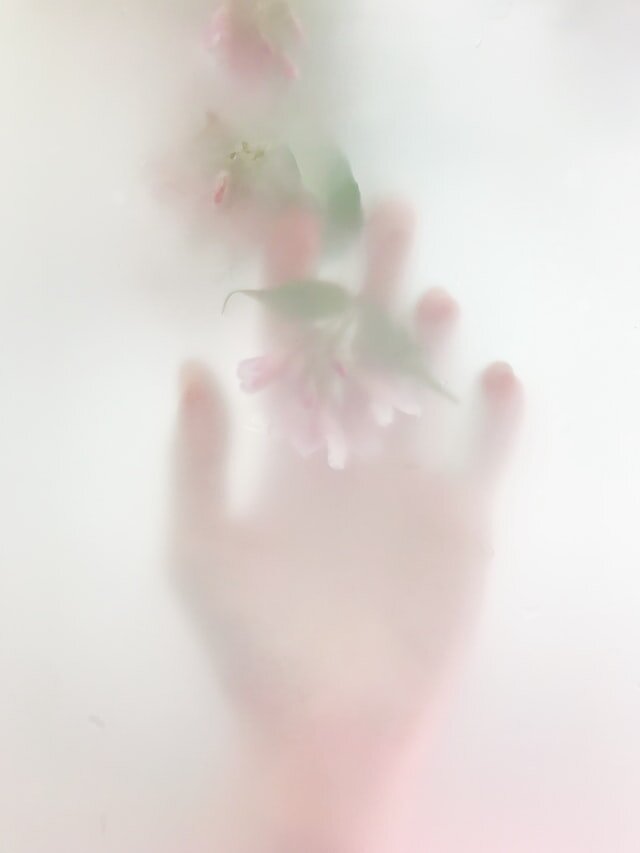Reflexology | The Message
Reflexology is a safe, non-invasive touch therapy. Practitioners apply pressure to reflex points on the soles, surfaces and sides of the feet (using the fingers, thumbs and in some cases knuckles) with the aim of encouraging a sense of well-being and balance. Therapists may also work on the hands, face or ears if they are trained to do so.
Reflexologists follow points and reflex areas mapped out across the feet and hands which correspond with the body's systems, organs and glands. Reflexology is, therefore, a holistic therapy addressing the whole person rather than focusing on individual symptoms.
‘Put simply, reflexology is a message using the medium of touch sent via the nervous system. An invitation to your body to tap into its innate healing capabilities.’
Sessions may help alleviate many conditions and are an aid to those living with stress, anxiety, fatigue or emotional upset; those journeying into parenthood (pre-pregnancy, during pregnancy or postnatally); or clients simply seeking space and time to relax. The number of Reflexology sessions required varies and benefits are generally cumulative. Reflexology is not a foot massage, although elements of massage - such as effleurage - may be blended with pressure point work to increase relaxation.
A Brief History Of Reflexology
There is evidence to show that forms of hand and foot therapy have existed since ancient times in many cultures and countries including China, India and Eygpt. A pictograph was discovered on the wall of the tomb of Egyptian physician Ankhamor (2500-2330 B.C.) at Saqqara near Cairo, showing people having their feet and hands worked upon.
It is highly likely that these traditional practices influenced Western Reflexology, however as a therapeutic modality Reflexology is a fairly modern development evolving over the past century. It was initially bought to the West by American ENT specialist Dr William Fitzgerald. Fitzgerald developed Zone Therapy as a result of noting some success in creating pain relief effects in distal areas of the body by exerting pressure to points on the tongue, nose, throat, hands and feet.
Although controversial, his work was further championed by Washington physician Dr Shelby Riley and colleague and physiotherapist Eunice Ingham, who in the 1930's applied the theories of Zone Therapy to the feet and created foot maps and techniques which she named Compression Massage. Compression Massage was later renamed Reflexology and Eunice Ingham (1889 - 1974) became known as 'the mother of Reflexology.'
Frequently Asked Questions //
What Happens During Reflexology - Prior to your first appointment I will send out an online consultation form which takes medical/lifestyle history from a Western and Eastern perspective. This helps to rule out any contraindications to reflexology (of which there are very few) and gives me an overall picture of your wellbeing which we will discuss in more detail at your appointment.
At the clinic you will be reclined barefoot on a therapy bed and your head/feet/knees supported with pillows and soft towels. Pregnant clients in the second and third trimester will be seated with the bed inclined. The feet are then bathed with hot mitts, oil or balm applied and Reflexology commences with a soothing foot massage. In order to access up to the knees for massage and acupressure I advise wearing a loose dress or trousers to your appointment.
Will It Hurt - Light/medium pressure is applied to the reflex zones interspersed with flowing relaxation moves and lymphatic drainage movements. Some reflexes may feel tender but I will always double-check the pressure with you.
How Will I Feel Afterwards - Following a Reflexology session many clients report an increased sense of well-being, upbeat mood and deeper more restful sleep.
Occasionally, your body may react quite noticeably and you may feel tired, tearful or lethargic in the 24-48 hrs afterwards. You may also notice changes in your bowel or urinary habits.
These reactions are normal and believed to be part of the balancing process. Please do contact me with any feedback you would like to share following Reflexology since this can be very useful in planning future sessions accordingly.
I will discuss aftercare with you in more detail at your appointment.




